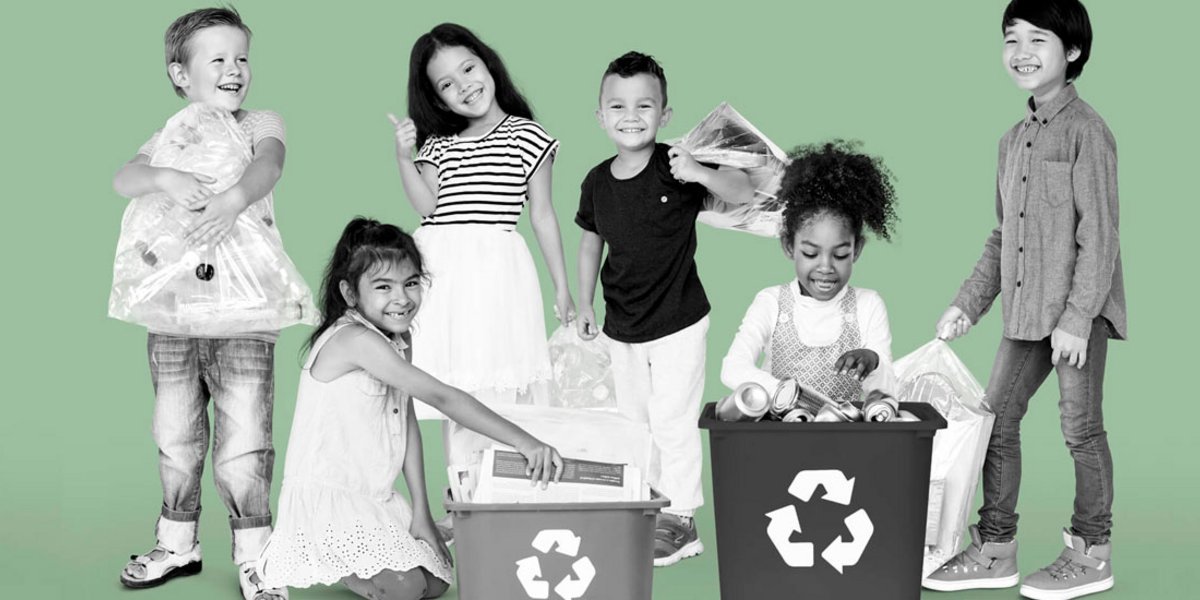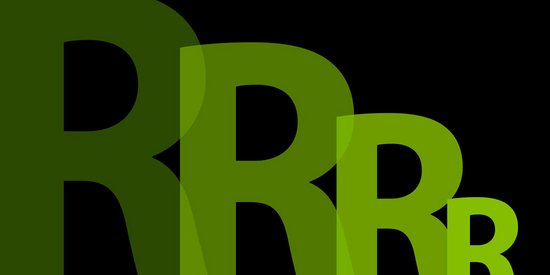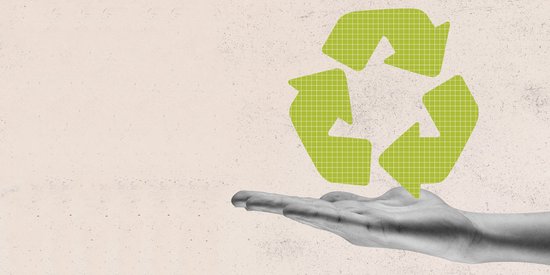Many logos associated with recycling appear on packaging and products, giving us a plethora of signs that are difficult to understand. How then to decipher them.
The green dot
This is the best known of all the symbols. It is represented by two arrows, one green and the other white, two white on a green background, it depends what country you are in. It is used less and less. It means that the manufacturer who puts a product on the market is helping to finance a packaging waste management system. Even today, it is confusing, as many believe that this symbol indicates that the product is recyclable, which is not necessarily the case.
The Möbius loop
Universal symbol for recyclable materials. It indicates that the product or packaging is technically recyclable but not that it is necessarily recycled, nor that it will be. The percentage within the Möbius loop indicates how much of the quantity will be recycled.
The Triman
Appeared in 2015 in France, this symbol means that the product is recyclable and must be put into the recyclying bin. This logo must be present on all packaging and recyclable products in France (except glass).
The Tidy man
A symbol recalling a rule of common sense, namely simply that waste should be thrown in a trash can and not on public roads or into nature.
The crossed out trash can
Symbol indicating that the waste must be collected ar a specific point and must not be thrown in a traditional bin. This is the case for light bulbs, electrical and electronic equipment or hazardous products.
Recycled glass
When you find this logo on a glass container, it indicates that the glass is recyclable.
Recyclable steel
All steel products are 100% recyclable and can be reused. By bringing this type of material to a sorting center, the material will be easily recycled thanks to a magnet that separates this type of product from others.
Recyclable aluminum
This indicates that the product or packaging is made of aluminum, a material that can be recycled. Aluminum is 100% recyclable, endlessly. By recycling it, 95% of the energy required for the production of the initial aluminum is saved.
Triangles with a number
Symbols represented by a triangle with a number inside are quite common on many labels. However, the different types of plastic should be defined by their number, so we have seven different categories of plastics:
Number 1 (PETE): stands for Polyethylene Terephthalate and applies to various beverage bottles.
Number 2 (HDPE): stands for high density polyethylene and applies to food containers.
Number 3 (V): stands for Chlorethylene / Polyvinyl Chloride and applies to containers for cleaning and personal care products.
Number 4 (LDPE): stands for low density polyethylene and applies to trash bags, supermarket bags, freezer bags, tarps and other flexible containers.
Number 5 (PP): stands for polypropylene and applies to the containers and lids of certain food products, such as containers of margarine and dairy products.
Number 7: other types of plastics.
Recycling of paper and cardboard
This logo of the Apur (Association of producers and users of recycled paper) indicates the percentage of fibers from the recovery used for the manufacture of the product or the packaging (60%; 80%; or 100%), in the rectangle on the right
Recycling organic waste
The organic elements are biodegradable and therefore reusable. They can be used as compost for gardening, they can be used as a source of heat or of energy as biofuel.









